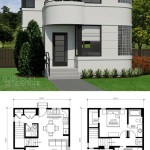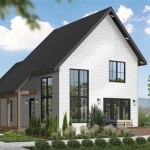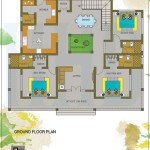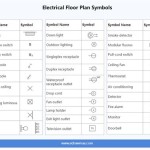Slab House Floor Plans: The Basics
Slab house floor plans are a popular choice for homeowners who want a durable, energy-efficient home. Slab houses are built on a concrete slab that is poured directly on the ground. This type of foundation is less expensive than a crawl space or basement, and it can help to reduce energy costs by keeping the house warmer in the winter and cooler in the summer.
There are many different slab house floor plans to choose from. Some of the most popular designs include ranch-style homes, contemporary homes, and Mediterranean-style homes. Slab houses can be any size, from small cottages to large mansions. They can also be designed to accommodate a variety of needs, such as multiple bedrooms, bathrooms, and living areas.
When choosing a slab house floor plan, it is important to consider the following factors:
- The size of the lot
- The number of bedrooms and bathrooms needed
- The desired style of the home
- The budget
It is also important to work with an experienced builder who is familiar with slab house construction. A good builder can help you to choose the right floor plan and materials, and they can ensure that your home is built to last.
Benefits of Slab House Floor Plans
There are many benefits to choosing a slab house floor plan. Some of the most notable benefits include:
- Durability: Slab houses are built on a concrete slab that is poured directly on the ground. This type of foundation is very durable and can withstand the elements, including hurricanes, tornadoes, and earthquakes.
- Energy efficiency: Slab houses are very energy efficient. The concrete slab helps to insulate the house and keep it warm in the winter and cool in the summer. This can lead to significant savings on energy costs.
- Affordability: Slab houses are less expensive to build than homes with crawl spaces or basements. This is because slab foundations are less expensive to install and require less maintenance.
- Customizability: Slab house floor plans can be customized to meet the needs of any homeowner. There are many different designs to choose from, and the size and layout of the home can be disesuaikan to fit the lot and the homeowner's budget.
Drawbacks of Slab House Floor Plans
While slab house floor plans offer many benefits, there are also some drawbacks to consider. Some of the most common drawbacks include:
- Moisture problems: Slab houses can be prone to moisture problems if they are not properly built and maintained. Moisture can seep into the slab from the ground or from the air, and it can lead to mold and mildew problems.
- Cold floors: Slab floors can be cold in the winter, especially if the house is not properly insulated. This can be uncomfortable for homeowners and can lead to increased energy costs.
- Limited storage space: Slab houses typically have less storage space than homes with crawl spaces or basements. This can be a problem for homeowners who need to store a lot of belongings.
Conclusion
Slab house floor plans offer many benefits, including durability, energy efficiency, and affordability. However, there are also some drawbacks to consider, such as moisture problems, cold floors, and limited storage space. Ultimately, the decision of whether or not to choose a slab house floor plan is a personal one. Homeowners should weigh the pros and cons carefully before making a decision.

Slab Foundation House Plans Floor Drummond

3 Floor Plan Of The Concrete Slab On Ground Floored Test House Source Scientific Diagram

Pin On Wohimmerideen

Pin On Plan Ideas

Slab Foundation House Plans Floor Drummond

European House Plan With Slab Foundation 1889

Three Slabs House Gaiss Archdaily

House Plans With Slab Foundation

House Plan 3 Bedrooms 2 Bathrooms Garage 6116 Drummond Plans

Ranch Plan 2 639 Square Feet 4 Bedrooms 3 Bathrooms 041 00117








